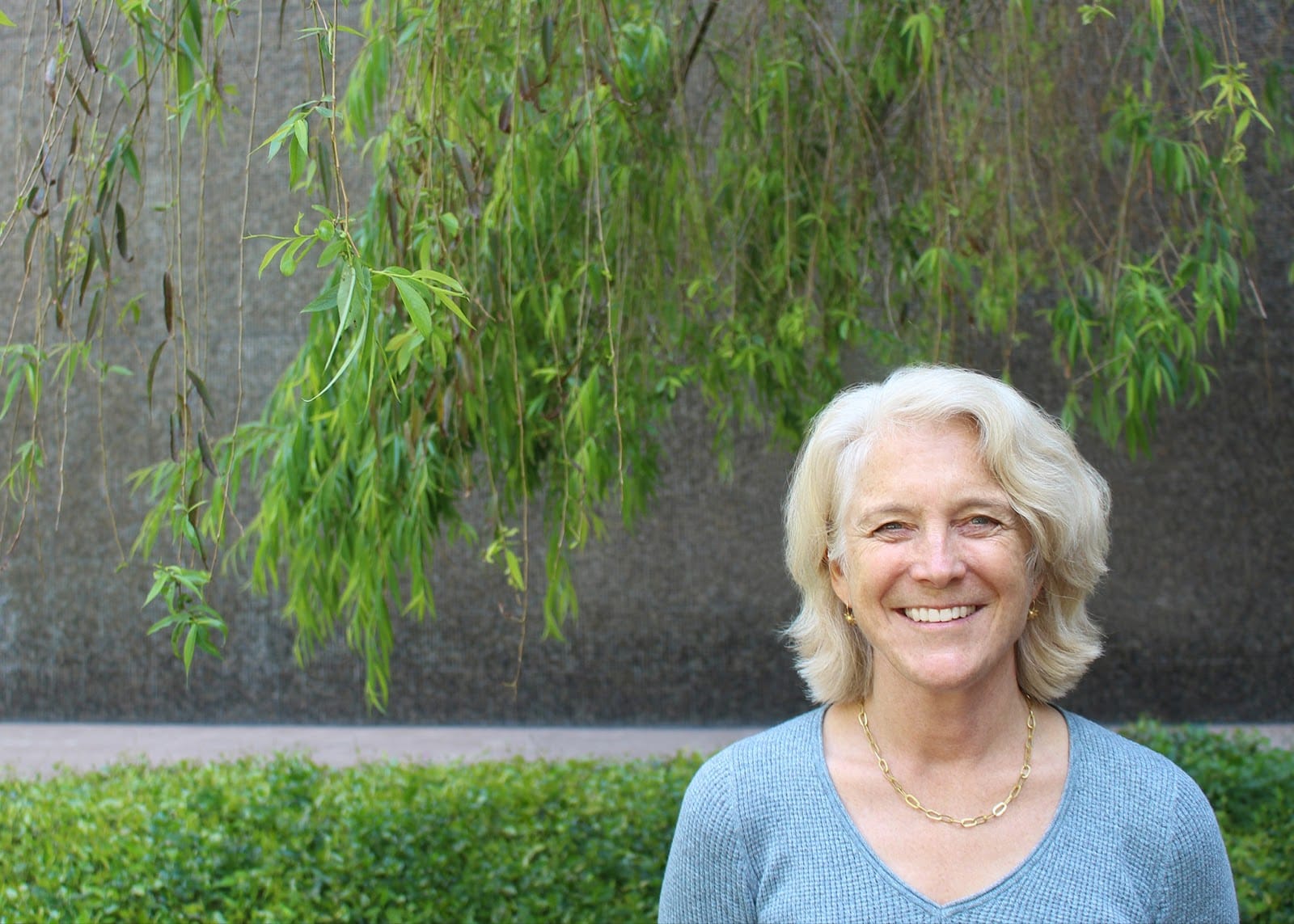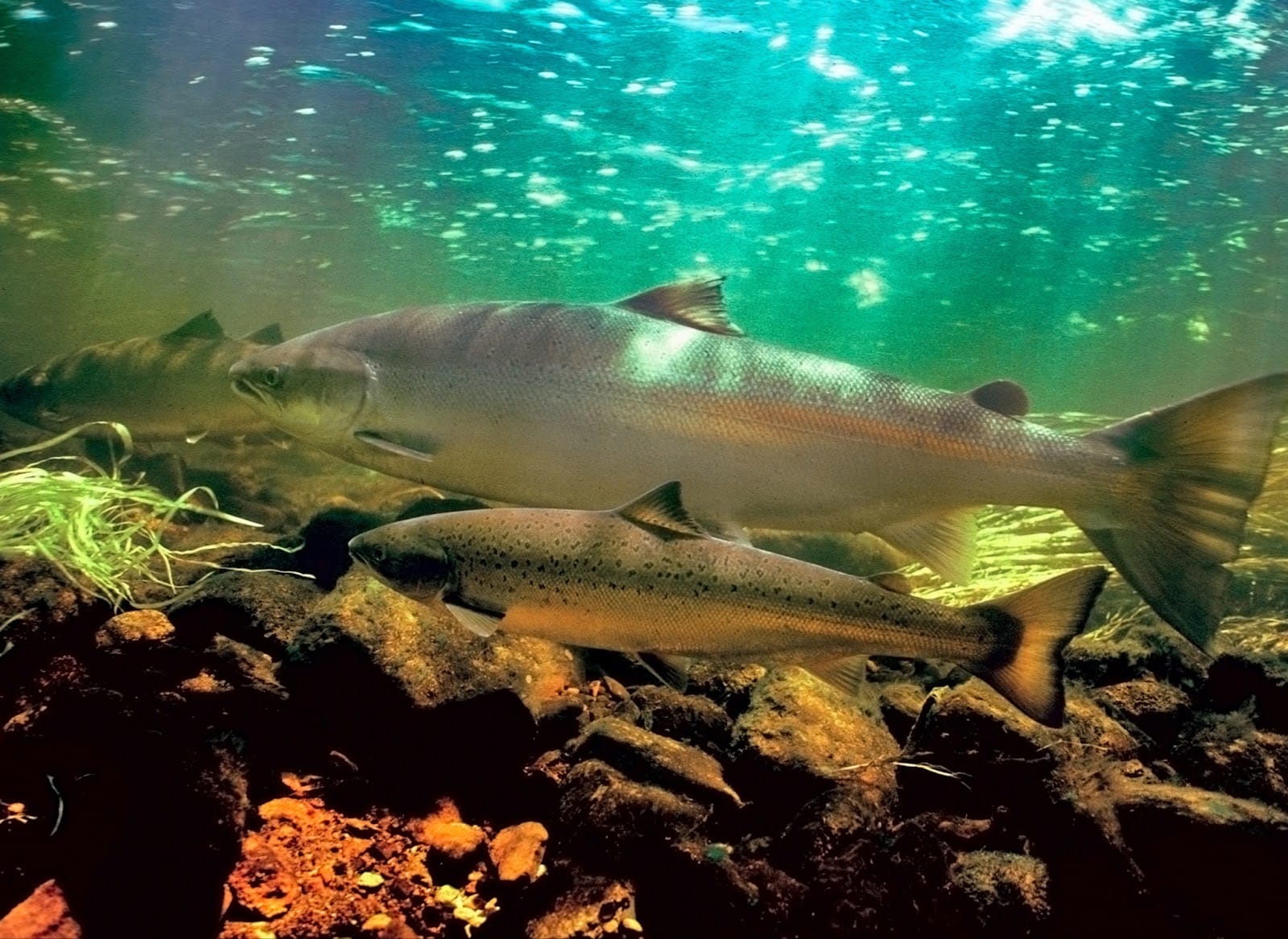How Sustainable Conservation is Protecting Natural Resources in California and Beyond
Ashley Boren, Chief Executive Officer of Sustainable Conservation, joins us for this month’s Stronger Together feature to discuss Sustainable Conservation’s mission, their current projects, and past achievements.

For this month’s Stronger Together feature, we’re joined by Ashley Boren, Chief Executive Officer of Sustainable Conservation. Ashley joined the Sustainable Conservation team in 1997 and has been steering the organization since then.
Today, Ashley joins us to discuss Sustainable Conservation’s mission, their current projects, and past achievements. If you’d prefer to listen to our conversation with Ashley, you can check out our Stronger Together podcast episode.

What’s your background?
I was a biology major undergrad and have always been interested in environmental issues. I worked in Latin America helping Costa Rica work on their national park system. It was there that I realized setting aside land in the traditional way pitted locals against conservation. I got very interested in how you can do conservation in ways that are effective for the community.
When the opportunity at Sustainable Conservation came up, it was a great melding of my interests.
What inspired the creation of Sustainable Conservation?
I’m not a founder, but I know from the founders that when they started it in the early 90s, the word sustainable wasn't used much back then. Now that it's so ubiquitous, it's hard to think of a time when it wasn't used so much.
At the time of Sustainable Conservation’s founding, lots of groups were suing each other and there were frequent protests. The founders thought the environmental community was missing an opportunity to work collaboratively with the private sector.
It looks like you have many initiatives in progress right now. How do you juggle so many projects running simultaneously and effectively distribute your resources accordingly?
We are big believers in strategic planning. We look at what the needs are out there. We have many programs, but all are currently focused on water. We’re really focused on how California in particular can manage its water better to ensure there's enough water for fish, farmers, people, and our economy in general.
California is in a pretty severe drought. We will have more frequent droughts that are more intense with climate change as well as more volatile storms. We need to figure out a way to capture water when it is plentiful and store it in groundwater aquifers for use when water is scarce due to drought and Sustainable Conservation has strategies to do that.
How does Sustainable Conservation raise money? Do most of your donations come from individuals or organizations?
We get a mix of funding. We raise money from foundations, from a handful of companies, and quite a bit from individuals. We do get government grants from time to time through competitive grant processes. We also sometimes are contracted through the government to help with programs. We've tried to intentionally diversify those sources so if one source is impacted, we're still able to continue operating.
An example of a government partnership is with the Department of Water Resources in California. One of the things Sustainable Conservation is good at is developing tools to help manage natural resources better. We developed a tool called the Groundwater Recharge Assessment Tool. The Department of Water Resources has recognized the power of the tool and has contracted us to implement it together with their climate change models.
Have you faced any challenges in fundraising? Do you have any advice for other organizations that may be facing similar challenges?
Raising money is always challenging. The problems that Sustainable Conservation and other nonprofits are trying to solve are there never seem to be enough resources to adequately address the issues.
We do everything in partnership with others and are true believers in a network of solutions, where each organization’s unique contribution builds to something bigger together
We try to focus on what's different as a result of our work specifically — what's the actual impact? We often get caught up in the work we're doing and forget to communicate what's different because of our activity — that's what donors care about.
A fun partnership to talk about that had a national impact was in the late 90s and 2000s with the brake pad industry. Every time you hit your brakes, a bit of dust comes out and that dust includes copper which is detrimental to the food chain.
When it was first suspected that brake pads were contributing to pollution it would have been normal for the environmental community to have sued the auto community. Instead, Sustainable Conservation wanted to solve this collaboratively.
We partnered with the industry, environmental community, and local government to jointly develop the science and determine what was happening with the copper. Our research showed that 60% of the copper in stormwater runoff in urban areas was coming off of brakes. The next source was in the single digits.
The brake manufacturers saw the impact, then asked Sustainable Conservation to lead an initiative to pass a bipartisan bill to phase copper out of brake pads, requirements which eventually impacted the whole country.

What does the future of Sustainable Conservation look like?
We'll continue to focus on water and help California manage water in a sustainable way so we have adequate water for wildlife, farming, and people.
An area we're now getting into is understanding and realizing the importance of soil health. It turns out, soil is really important for water. Healthier soils retain water better, reduce water problems, and sequester carbon. That's one of the new initiatives we're exploring.
How can individuals get involved with Sustainable Conservation?
There are two ways you can get involved. First, sign up for our newsletter. We have an email newsletter you can sign up for on our website.
Partially due to COVID, we got into hosting webinars. If you go into the event section of our website, we have a whole series of events on the food system. We also just wrapped up a series about water. If you're on the newsletter list, you can find out about our next webinar series and attend live.
Where can people learn more about Sustainable Conservation?
We're on Twitter, Instagram, Facebook, and LinkedIn.
Help Nonprofit Organizations with Zero Fees
You can use bunny.money to donate to your favorite nonprofits with 0% fees. None for you and none for Sustainable Conservation — they’ll receive 100% of your donation to support their members. For a limited time, register for bunny.money and you’ll be entered to win money to donate to a charity of your choice.

